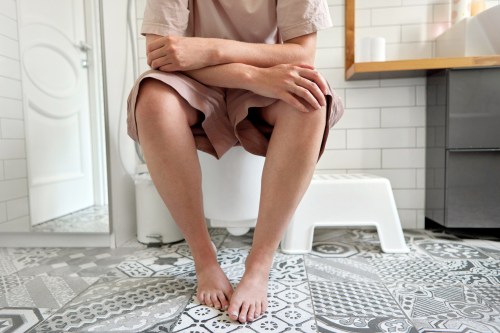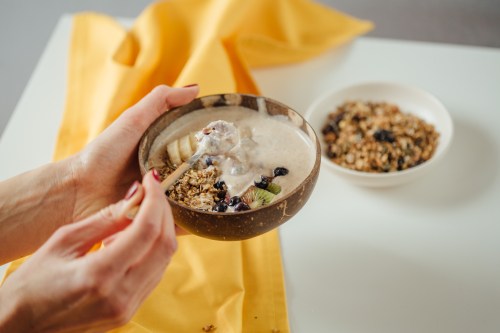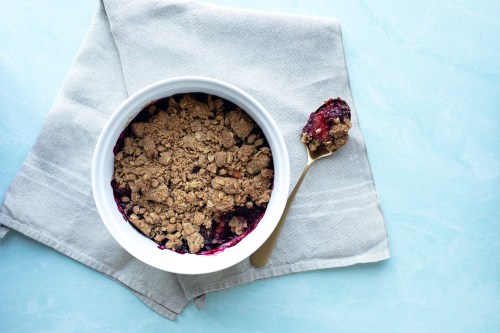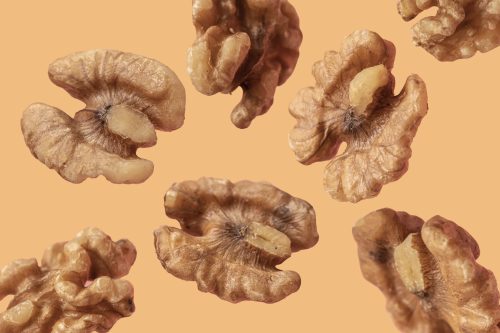Our editors independently select these products. Making a purchase through our links may earn Well+Good a commission
It’s Official: Experts Say This Is the Best Position to Poop
Your go-to for easy number twos.

When you have to "go," you sit down on the toilet and you poop—right? Well, sort of: While this can work well enough for lots of people, if you’re someone who deals with constipation, you may not realize that sitting with your feet flat on the floor isn’t actually the ideal poop position. If anything, this position can make pooping harder (think: more straining) and less comfortable, experts say.
Experts in This Article
board-certified gastroenterologist based in New York City
gastroenterologist at Indiana University Health and spokesperson for the American Gastroenterological Association
The reason why? It has to do with your puborectalis muscle, a muscle that forms a "sling" shape in the lower rectum and supports the defecation (aka pooping) process. When you’re seated at a 90-degree angle—the standard position while sitting on the toilet, FYI—this muscle is bent in an odd way. “It creates a slight kink in the rectum, which can make elimination more difficult,” Samantha Nazareth, MD, a gastroenterologist based in New York, tells Well+Good.
The good news is that the fix is relatively simple: change up the way you sit upon your porcelain throne. Read on to learn the best position to poop in, according to gut health experts.
What’s the best position to poop?
A better option than just sitting on the toilet is squatting over it, especially if you deal with issues like chronic constipation. “The optimal position for a bowel movement is the squatting position1, where the knees are positioned above the hips,” says Dr. Nazareth. You can achieve this by placing your feet on a stool while you sit, which raises your knees so you’re mimicking a squat-like posture, she adds.
Placing just about any footstool under your feet will do the job, but you can also purchase toilet squat stools specifically designed for this purpose. We like the Squatty Potty ($21), which fits perfectly around the bottom of the toilet, or if you have mobility challenges, a stool with an adjustable height might be easier, Dr. Nazareth adds. "This can help achieve a similar effect without requiring significant movement."
But why squatting? Rather than compressing your rectal muscles—which typically happens on the toilet—squatting relaxes and straightens the angle of those muscles, allowing for a more complete and effortless bowel movement, Dr. Nazareth says. Research has even found that sitting on the toilet at a 90-degree angle requires extra effort, making it take longer to poop, while squatting can be more efficient.
Case in point: The previously cited study in the Journal of Clinical Gastroenterology followed participants' bowel movements for four weeks. In the first two weeks, participants sat on the toilet with feet on the floor, and in the second two, they used a toilet squat stool. Researchers found that using the stool helped shorten the duration of bowel movements, decreased straining, and helped participants feel more "empty."
Bottom line: Squatting, or at least sitting with your knees above your hips, may help you have smoother moves if you deal with occasional constipation.
6 tips to help you poop more easily
While pooping position can make a big difference for smoother number twos, lifestyle changes also matter when it comes to regulating your bowels. Here are some other tips gut health experts recommend:
1. Drink plenty of water
It's the health advice you hear all the time, but drinking enough water is seriously important when it comes to your bowel movements. “The first step is to make sure that you are staying well-hydrated,” says Jennifer Maratt, MD, a gastroenterologist at Indiana University Health and spokesperson for the American Gastroenterological Association.
The U.S. National Academies of Sciences, Engineering, and Medicine recommends getting about 11.5 and 15.5 cups of water per day from both beverages and water-rich foods.
2. Don't linger on the toilet
It might feel tempting to sit on the toilet for as long as possible, but experts say staying in that position for too long isn't the best idea. “Prolonged sitting, especially straining, can contribute to hemorrhoids (i.e., swollen veins around the anus),” says Dr. Nazareth. “If you don’t feel the urge to go within the time [you're sitting], it’s best to get up and try again later.”
3. Fill up on fiber
Eating enough fiber every day is really important when it comes to keeping your poop schedule regular. Fiber works as a bulking agent for stool, helping draw water to any lingering waste and move it through your intestines to pass. To keep stools soft and manageable, make sure you're getting between 25 and 30 grams of fiber per day, Dr. Marratt says.
You can do this by incorporating high-fiber foods like beans, veggies, fruits, and whole grains like oats or wheat bran.
4. Limit highly processed foods
As you're adding more fibrous foods to your daily meals, try simultaneously cutting back on highly processed foods like refined carbs and low-fiber foods, including white bread, pasta, white rice, baked goods, and chips. "They can lead to sluggish digestion,” Dr. Nazareth says. While it's okay to eat these things now and then, daily consumption could contribute to constipation2.
5. Stick to a pooping schedule
We know this might sound odd, but just like you plan out the rest of your day, it's also possible—and helpful!—to plan out your poop time. Of course, your body may not always oblige, but setting aside the same time every day to sit on the toilet can help your body "learn" when it's a good time to have a bowel movement, Dr. Nazareth says. Some things that could kickstart the process are drinking morning coffee or tea, drinking water, or going for a short walk.
6. Try some natural and over-the-counter remedies
Over-the-counter options like stool softeners are available to you as well, but certain foods can also help kickstart your digestive system and create easier poops. Dr. Nazareth recommends things like kiwi fruit, prunes, magnesium-rich foods (like leafy greens and nuts), and warm water.
When to see a healthcare provider
Sometimes, your body needs a little help to achieve a smooth bowel movement. Instead of sitting straight down on the toilet, try getting yourself into a squatting position, ideally using a footstool, to relax your rectal muscles and allow for an easier passage of poop. If you're still dealing with constipation, try incorporating some of the other lifestyle habits—like hydration, exercise, and fibrous foods—to keep your gut happy.
While all the above methods can help, persistent or severe GI symptoms should never be ignored. Call your healthcare provider if you notice any of the following "red-flag" gut symptoms:
- A sudden change in bowel habits
- Blood in your poop
- Unintentional weight loss
- Constipation that doesn’t improve with time
- Feeling the urge to "go" but nothing comes out
- Nausea and vomiting
- Severe abdominal pain
From there, your provider can run a few diagnostic tests to determine the underlying cause of your gut health issues. On top of this, providers can screen you for things like colorectal cancer, especially if it runs in your family. They are rare, but catching cancerous or high-risk polyps early (through tests like colonoscopies) is important and can increase the chances of quick, effective treatment and recovery.
- Modi, Rohan M et al. “Implementation of a Defecation Posture Modification Device: Impact on Bowel Movement Patterns in Healthy Subjects.” Journal of clinical gastroenterology vol. 53,3 (2019): 216-219. doi:10.1097/MCG.0000000000001143 ↩︎
- Hu, Lanshuo et al. “The impact of carbohydrate quality on gut health: Insights from the NHANES.” PloS one vol. 20,2 e0315795. 13 Feb. 2025, doi:10.1371/journal.pone.0315795 ↩︎










